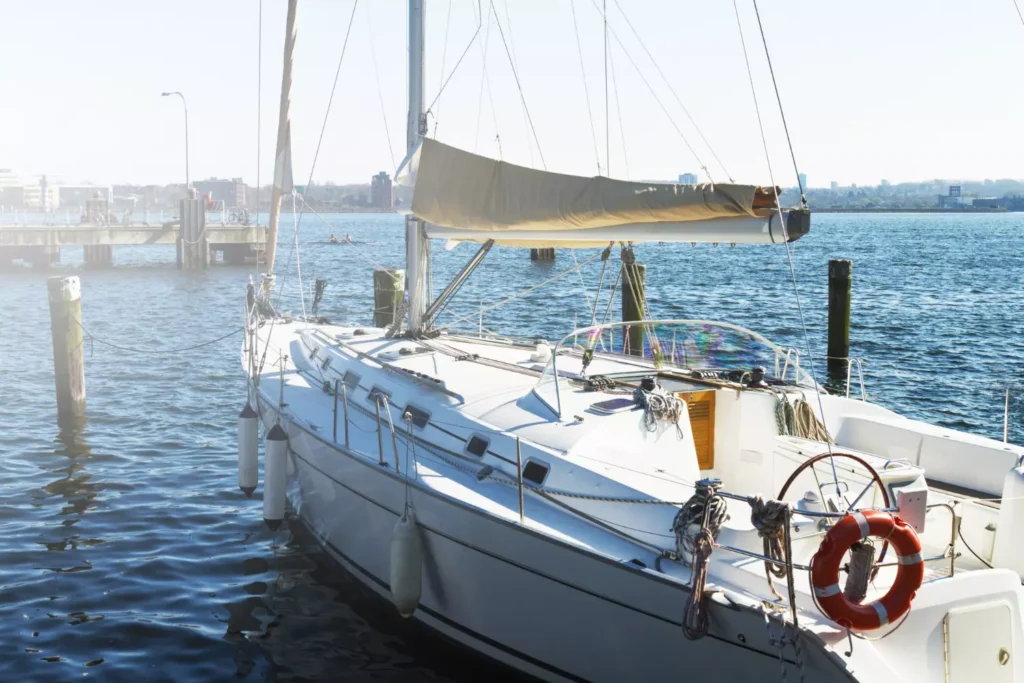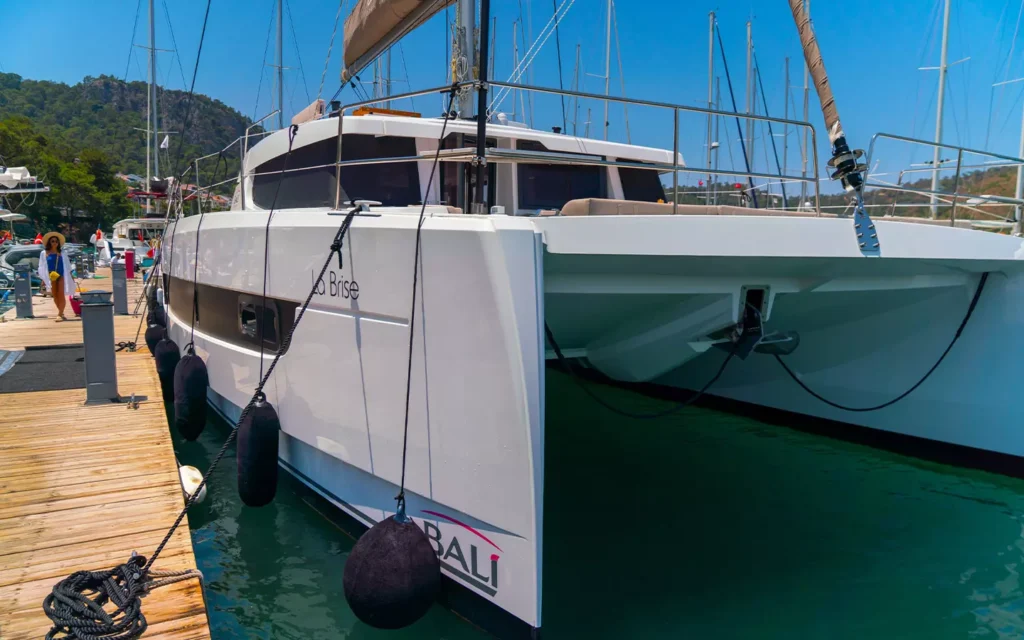Speak to a Vacation Planner
- Mon-Fri: 8am–8pm, Sat: 10am-4pm
- info@poseidonweek.com
Come and enjoy an adventure full of life aboard our luxury yachts and discover the essence of Valencia in a 7 days and 6 nights trip. Visit the urban beaches with their cosmopolitan atmosphere, explore the historic center with its historical and cultural monuments, delight your palate with the delicious Valencian gastronomy and live the local culture in its festivals and traditions.
Poseidon Week offers you a unique and unrepeatable experience. A trip full of relaxation, fun, culture and emotions that will make you feel like a real Valencian.
Valencia is A vibrant journey on board a luxury yacht or Sailboat trip
Embark on a vibrant adventure with Poseidon Week and discover the essence of Valencia, the city of the Mediterranean. Enjoy 7 days and 6 nights aboard a yacht or Sailboat , all inclusive, and explore its urban beaches, its historic center full of history and culture, and its delicious gastronomy.
Poseidon Week offers you a unique and unrepeatable experience. Choose from different packages to find the one that best suits your needs.
El Cabañal beach or Las Arenas beach: it is an ideal environment for family holidays, offering quality activities and services. From April to October the nightlife is very lively and crowded.
La Malvarrosa beach: this is the most famous and well-known of all the beaches in the city of Valencia. It has an extensive promenade, as well as a wide variety of restaurants where you can taste the local gastronomy, relax and have a good time.
La Patacona beach: this is the natural extension of La Malvarrosa beach. Its promenade offers a good atmosphere and includes all kinds of services.
Cala del Mal Pas: this is one of the favourite destinations for tourists and locals alike. It is a 120-metre long, intimate and quiet beach with gentle sea waves.
Cala Almadraba: this beach, surrounded by mountains, is one of the best places in Benidorm for snorkelling. It is quite a sight to see the fish and crustaceans on the rocky coast.
Levante beach: Benidorm’s most internationally renowned beach, with soft unpolluted sands. It has all the facilities of services and restaurants on the promenade. Ideal for jet skiing and paragliding.
Cala Calalga: located at the end of the Levante beach.
Cala del Mallorquín: it is located to the north of the coast of Cale, near the Les Basetes Marina.
Cala Gasparet: it is located in the southern part of Toix and can only be accessed by sea. It is covered with pebbles.
Les Deveses: extensive beach of 4.87 kilometres, with dunes and fine golden sands. Ideal for windsurfing and kitesurfing. It has a beach volleyball court.
L’Almadraba: fine sandy beach, divided by the Punta de la Almadraba into two inlets with ransparent waters. It is a favorite spot for windsurfers.
Els Molins: It has an extension of 2.7 kilometres. It is a quiet beach, far from the town centre.
Les Bovetes: beach located in an urban environment. Accessible for people with disabilities.
L’Ahuir beach: it is a 3-kilometre long sandy beach. A quiet beach surrounded by lush dunes.
North beach: one of the busiest urban beaches in Gandía, located in front of the Paseo Marítimo, in an easily accessible area with a great atmosphere and all kinds of services.
Venecia’s beach: beach located to the south of the yacht club and the harbour, guarded by a line of smaller dunes
Cova Tallada: it is a cave located next to the cape of San Antonio, with an exit to a cosy beach. An intimate and idyllic place.
El Arenal: beach with fine sand. It is one of the most popular beaches in Jávea.
La Grava: is an extension of beach located to the right of the port. It has a promenade and bars.
We are Poseidon Week, an innovative company dedicated to sailing on the Mediterranean coasts of Spain. We offer attractive special tourist packages and sail boat activities, with routes and itineraries to choose from for sailing in the Balearic Islands, Canary Islands and Spain.
Poseidon Week is the ideal choice for all kinds of celebrations, corporate activities, excursions and water sports, for entertainment, adventure and fun.
Poseidon Week is a tourist boat company that offers boat rentals or a place on board to sail, tour and enjoy the beautiful Spanish islands for 7 days. It has 6 routes or tourist destinations, as well as 10 special package options to choose from. Just follow these simple steps


Subscribe to our newsletter and find out about our next destinations, offers and blog articles.